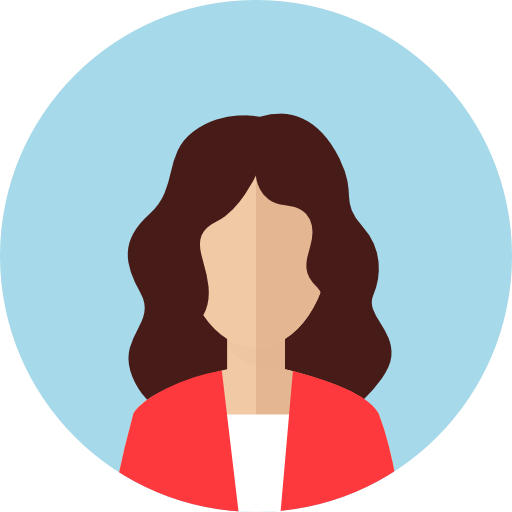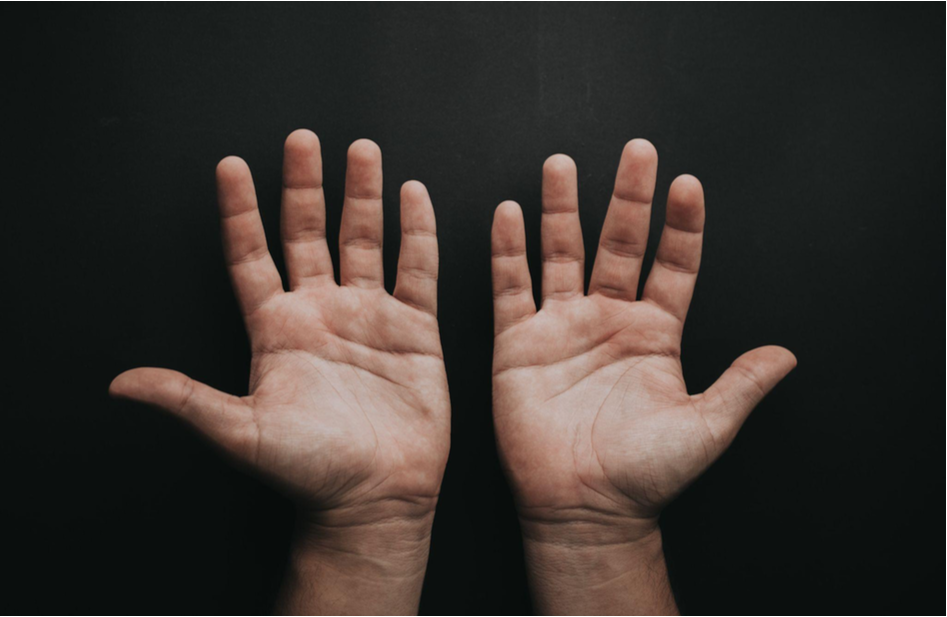You are individual and you are our priority
 Alydia Stark | 21 st May 2021
Alydia Stark | 21 st May 2021

Since May is Arthritis Awareness Month, it’s only appropriate to discuss some medical updates in regards to the common condition. It’s believed that arthritis only affects older generations, but this happens to be merely a myth. Arthritis can unfortunately affect an individual at any age.
There are two main types of arthritis known as osteoarthritis (OA) and rheumatoid arthritis (RA). The most common of the two is osteoarthritis. Osteoarthritis occurs when the cartilage between two joints begins to wear down and affects 500 million people globally. This form of arthritis mostly affects the hands, lower back, neck and other joints such as the knees, hips and feet. Quite a few body parts, I know.
Rheumatoid arthritis is less common than osteoarthritis and slightly more severe due to its ability to affect more than just our joints. RA occurs when the “immune system mistakenly attacks healthy body tissue,” (Newman, 2021). When the immune system attacks the body tissue, it
hurts our joints, muscles, connective tissue, tendons and fibrous tissue. Although less common than OA, rheumatoid arthritis still affects about 1% of the global population which equates to 80 million people. RA also defeats the popular myth that you have to be older in age for a diagnosis. On average, RA onsets “between the ages of 30 and 60 years old, and children can also get it,” (Magnifico, 2020). Due to more joint flexibility and hormone changes, women are more likely to have both rheumatoid arthritis and osteoarthritis.
So, what exactly does arthritis feel like? Well, do you remember what growing pains felt like when you were younger? It’s a similar feeling. Arthritis causes your joints and other body parts to feel stiff and achy. The painful feeling increases as the swelling between joints grows. Typically, arthritis pain increases after resting for a while. A term called “morning stiffness” describes the pain felt by arthritis patients after they wake up. Laying completely idle for hours and then attempting to move around can be quite uncomfortable for them. According to the World Health Organization (WHO), within 10 years of onset arthritis, a 50% minimum of arthritis patients in developed countries are unable to keep a full-time job due to their pain and arising disability.
Unfortunately, there are more types of arthritis other than osteoarthritis and rheumatoid arthritis. Other forms include, juvenile arthritis, spondyloarthropathies, systemic lupus erythematosus, gout, infection and reactive arthritis, and psoriatic arthritis. Gout is a “common form of inflammatory arthritis,” that’s extremely painful and usually affects one joint, often the big toe, at a time (CDC, 2020). There’s no warning for a gout flare up. They happen suddenly and can last for days or weeks. Normally, individuals with gout won't have another flare up for weeks, months or even years. Unlike osteoarthritis and rheumatoid arthritis, gout is more common in overweight males that in women.
As of right now, there’s no cure for arthritis. Although there’s no cure, several treatments have developed in recent years which make living with arthritis bearable. Forms of physical therapy, self-care, medications and surgeries are available for those suffering. Be sure to think about your peers who may deal with arthritis regularly this month. Keep an eye out for news updates involving all things medical!
For more information, check out the links below!
https://www.medicalnewstoday.com/articles/medical-myths-all-about-arthritis https://www.mayoclinic.org/diseases-conditions/arthritis/symptoms-causes/syc-20350772 https://www.healthline.com/health/rheumatoid-arthritis-symptoms-women#age-of-onset https://www.everydayhealth.com/arthritis/pain-and-stiffness.aspx https://www.who.int/chp/topics/rheumatic/en/ https://www.cdc.gov/arthritis/basics/gout.html